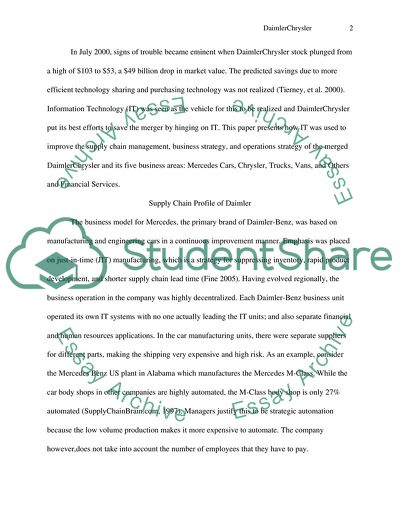Cite this document
(Merging IT at Daimler-Chrysler Case Study Example | Topics and Well Written Essays - 2250 words, n.d.)
Merging IT at Daimler-Chrysler Case Study Example | Topics and Well Written Essays - 2250 words. https://studentshare.org/information-technology/1717383-merging-it-at-daimler-chrysler
Merging IT at Daimler-Chrysler Case Study Example | Topics and Well Written Essays - 2250 words. https://studentshare.org/information-technology/1717383-merging-it-at-daimler-chrysler
(Merging IT at Daimler-Chrysler Case Study Example | Topics and Well Written Essays - 2250 Words)
Merging IT at Daimler-Chrysler Case Study Example | Topics and Well Written Essays - 2250 Words. https://studentshare.org/information-technology/1717383-merging-it-at-daimler-chrysler.
Merging IT at Daimler-Chrysler Case Study Example | Topics and Well Written Essays - 2250 Words. https://studentshare.org/information-technology/1717383-merging-it-at-daimler-chrysler.
“Merging IT at Daimler-Chrysler Case Study Example | Topics and Well Written Essays - 2250 Words”. https://studentshare.org/information-technology/1717383-merging-it-at-daimler-chrysler.


